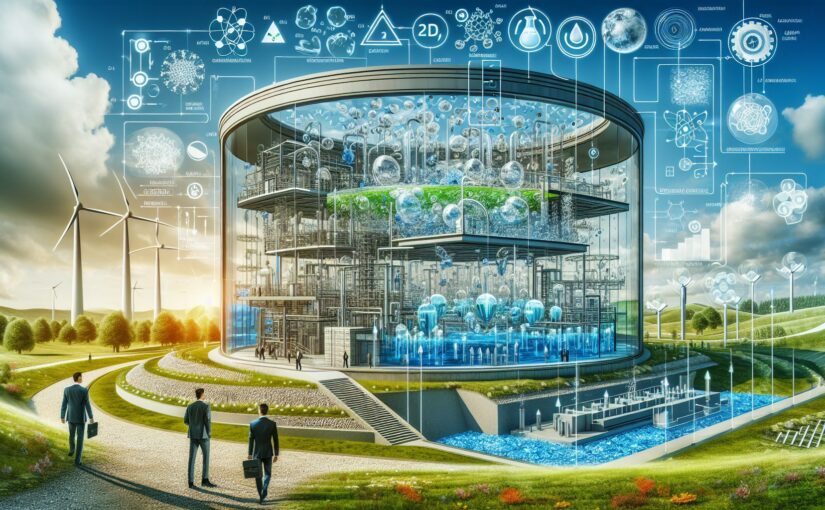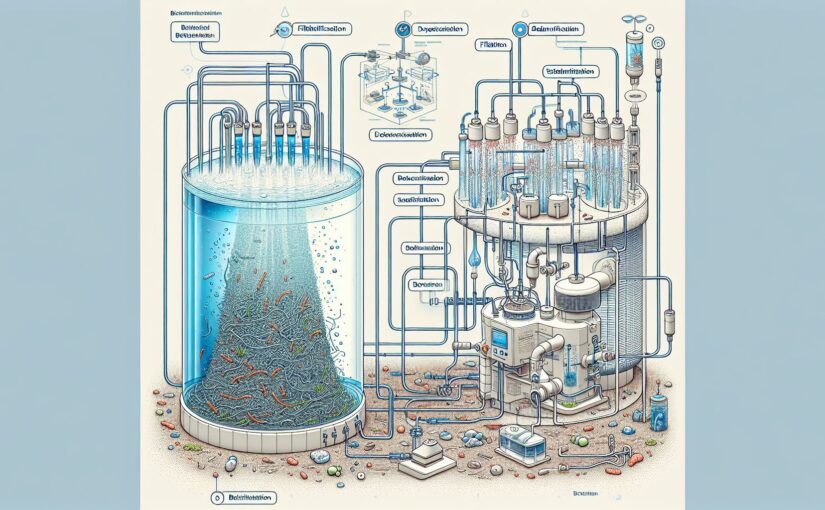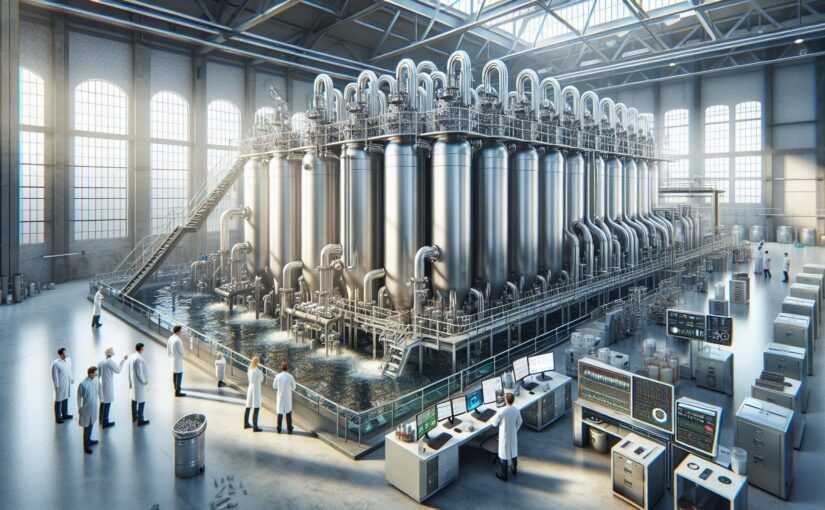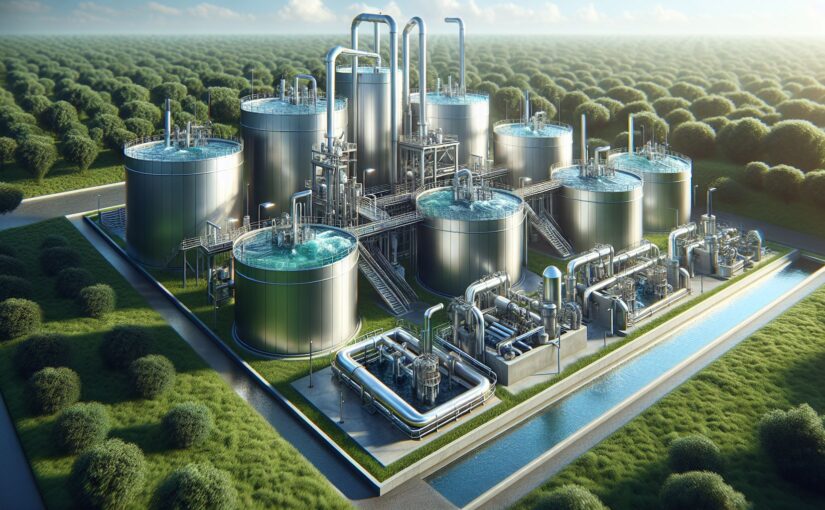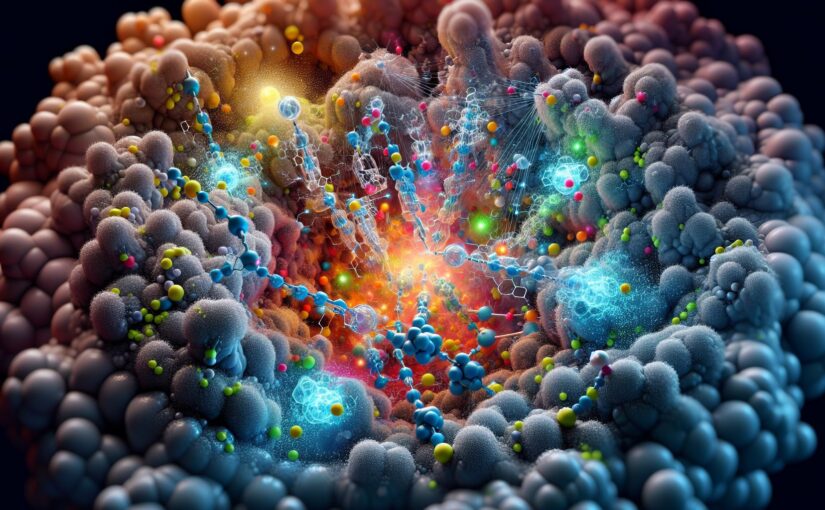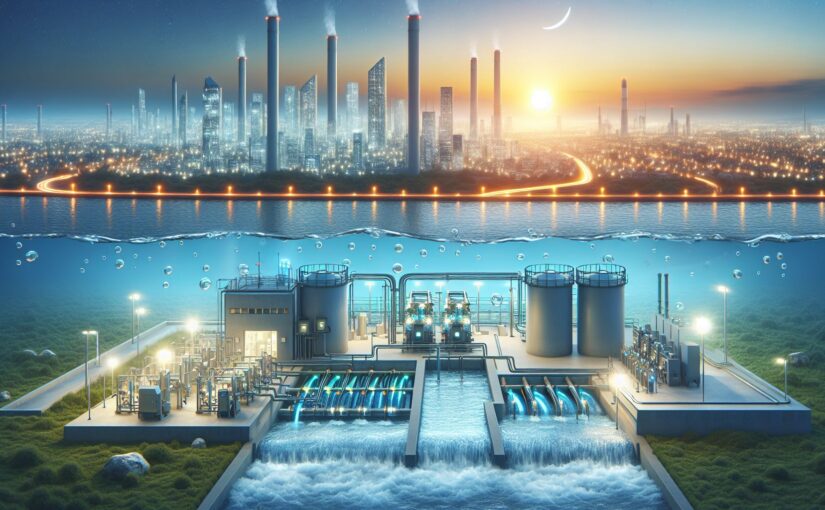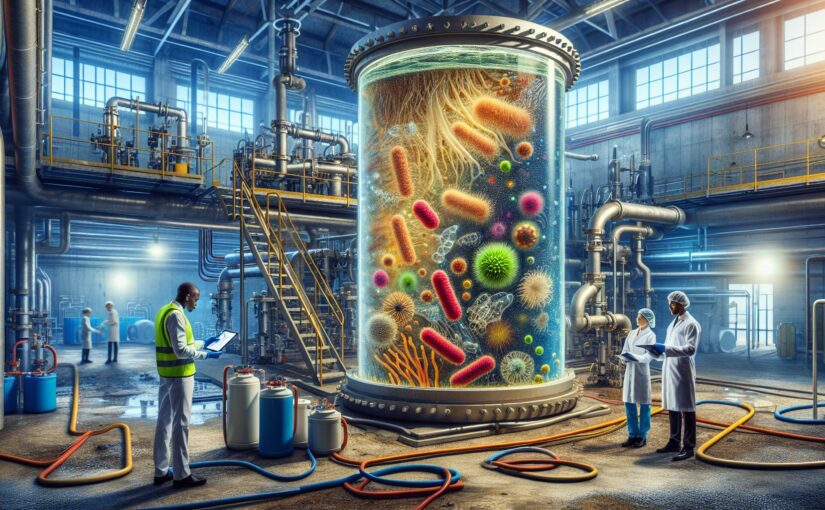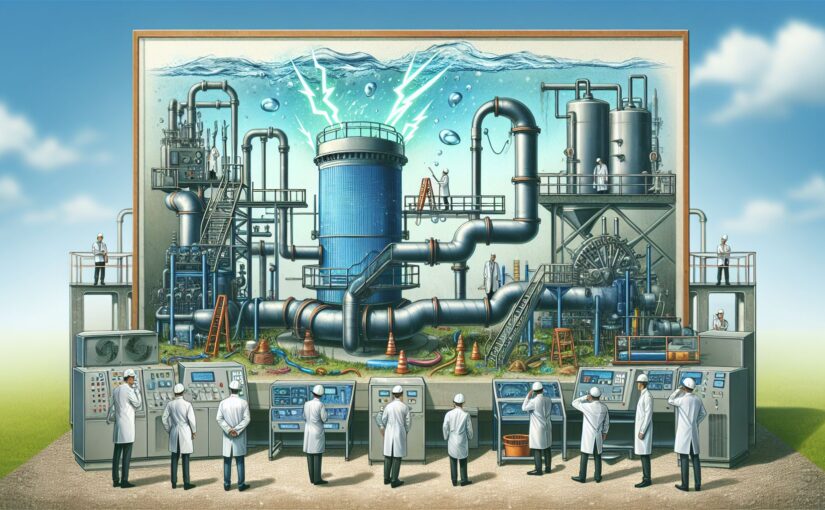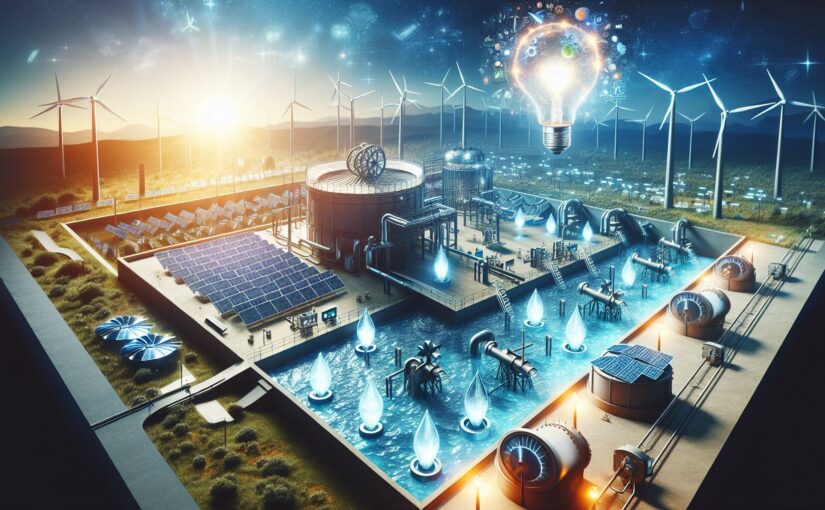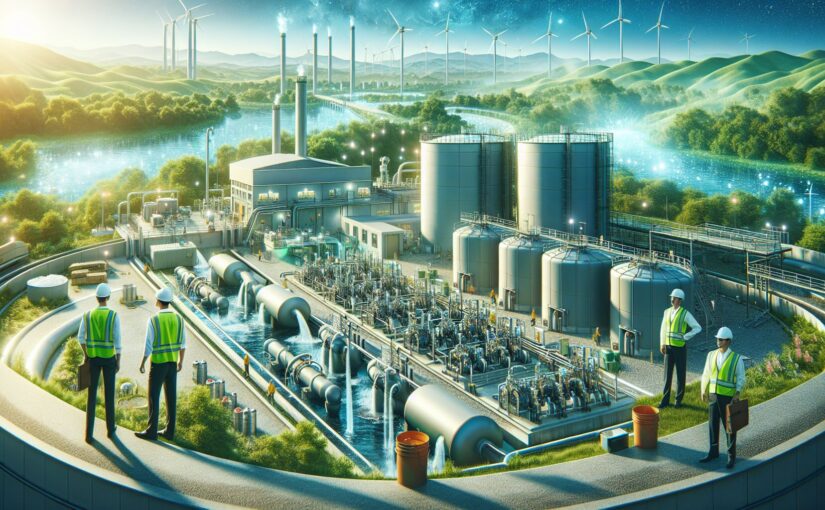With the rising concern over climate change, the pursuit of renewable energy sources has become an urgent necessity. While solar and wind power are often the go-to options for green energy, there’s another resource that’s often overlooked – wastewater. Yes, that’s right. The unappealing waste that we flush down our toilets and drains every day could be a significant source of renewable energy.
The Sustainable Role of Wastewater
It may seem odd, even disgusting, to think about wastewater being used in this way. But it’s both feasible and practical. With the right bioelectrochemical systems, wastewater could potentially offer a host of advantages over more traditional methods of power generation. Wastewater-based power is virtually limitless, given that humans and industrial processes will always produce waste. By harnessing the power of bacteria in wastewater, we can create a renewable energy source and simultaneously reduce our wastewater footprint [1].
How It Works
The process of converting wastewater into energy starts in the microbial fuel cells (MFCs). These harness wastewater’s potential by cultivating electroactive bacteria that produce electrical current as they metabolise organic waste matter. The electroactive bacteria produce electrons during the digestion process, which act as an electric current that can be harnessed to produce power [1].
MFCs are cylinders, installed in larger bodies of water, such as ponds and lagoons, containing wastewater. As the bacteria feed and reproduce, they also generate electricity, which can be drawn off to power appliances, recharging stations or even public power grids [2].
Challenges and Opportunities
While the potential of wastewater as a renewable energy source is exciting, it does come with challenges. The primary obstacle is the size of the MFCs required to generate a significant amount of power. For example, to power an entire city, you would need a sizable body of water loaded with these fuel cells which is a tall order, indeed [3].
However, further scientific and technical advancements could see the size of these MFCs reduced or their efficiency improved.
Conclusion
For renewable energy to make a real difference in battling climate change, we need to diversify our options. Wastewater represents a resource that, though unglamorous, can play a significant part in the shift towards green, renewable energy.
Though the technology is still in its early stages, the potential for generating energy from wastewater is vast. With the right investments and partnerships, we could see wastewater playing an increasingly crucial role in the global energy mix.
Sources
[1] Renewable energy from microbial fuel cells, Chen, Shanshan, et al. “Bioresource Technology”
